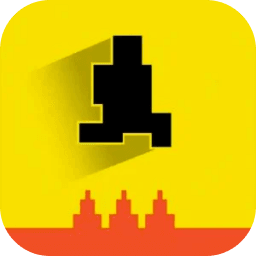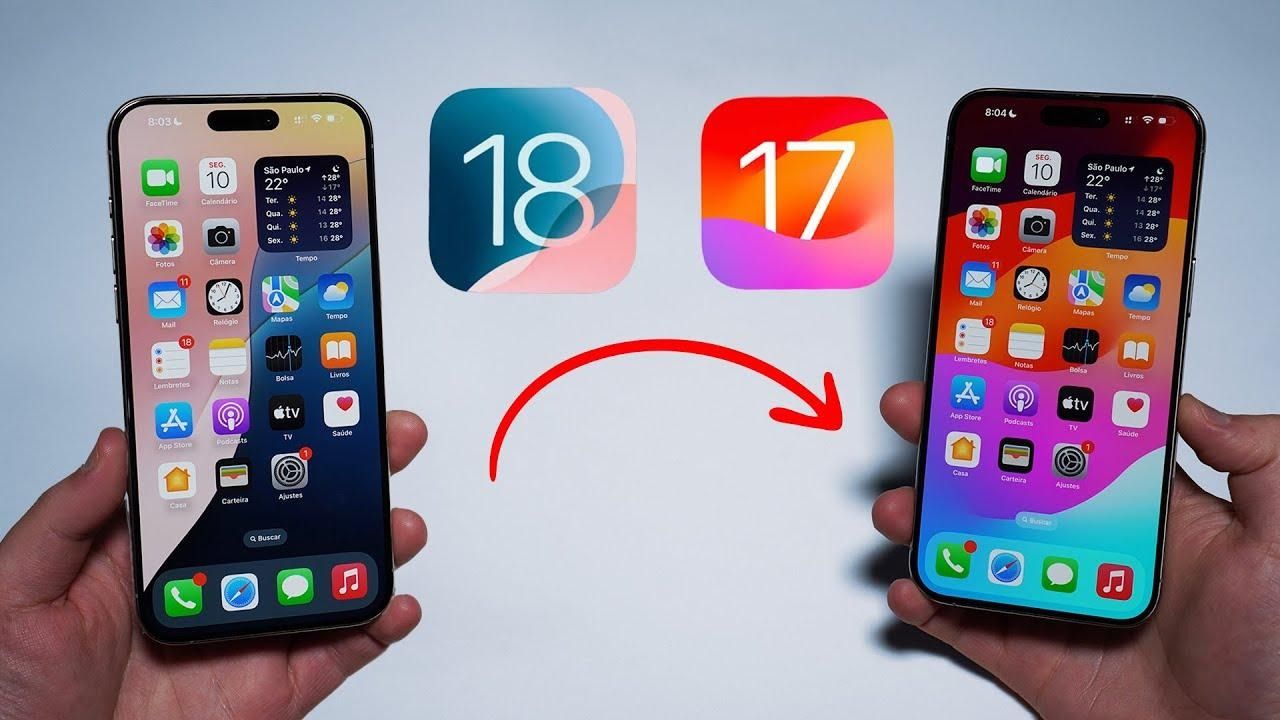

Navigating the world of iOS updates can be tricky, especially when you want to revert to a previous version. Let’s learn more about this topic below with Level Devil. In this comprehensive guide, we’ll explore the process of downgrading iOS 18 to iOS 17 without losing your valuable data, providing you with the knowledge and confidence to make informed decisions about your iPhone’s operating system.
Before diving into the downgrade process, it’s crucial to understand what iOS downgrading entails and why someone might want to do it. iOS downgrading refers to the process of reverting your iPhone’s operating system to a previous version. This can be desirable for various reasons, such as compatibility issues with certain apps, performance concerns, or simply personal preference for the features and interface of an older iOS version.
However, it’s important to note that downgrading iOS is not always a straightforward process. Apple typically stops signing older versions of iOS shortly after releasing a new update, which means you can’t simply install any previous version you want. The window for downgrading is often limited, and you need to act quickly if you decide to revert to an older iOS version.
Additionally, downgrading can potentially lead to data loss if not done correctly. This is why it’s crucial to follow a carefully planned process to ensure your data remains intact. Throughout this guide, we’ll explore methods recommended by Level Devil and other experts to help you navigate this process safely and effectively.
Before you begin the downgrade process, there are several essential steps you need to take to ensure a smooth transition and minimize the risk of data loss. These preparatory measures are crucial for protecting your information and setting the stage for a successful downgrade.
The first and most critical step in preparing for an iOS downgrade is to create a comprehensive backup of your iPhone. This backup will serve as a safety net, ensuring that you can restore your data if anything goes wrong during the downgrade process. There are two primary methods for backing up your iPhone: iCloud and iTunes (or Finder on macOS Catalina and later).
To create an iCloud backup, ensure your iPhone is connected to a stable Wi-Fi network. Go to Settings > [Your Name] > iCloud > iCloud Backup, and tap “Back Up Now.” For an iTunes or Finder backup, connect your iPhone to your computer, open iTunes or Finder, select your device, and click “Back Up Now.” It’s recommended to create both types of backups for added security.
Before proceeding with the downgrade, it’s crucial to verify that iOS 17 is still being signed by Apple for your specific iPhone model. Apple’s signing window for older iOS versions is typically short, so you need to act quickly. You can check the signing status of iOS 17 on websites like ipsw.me or by using tools recommended by Level Devil.
Additionally, ensure that your iPhone model is compatible with iOS 17. While most iPhones that can run iOS 18 should be compatible with iOS 17, it’s always best to double-check to avoid any potential issues.
To perform the downgrade, you’ll need certain tools and software. First, make sure you have the latest version of iTunes installed on your computer (or use Finder on macOS Catalina and later). You’ll also need to download the iOS 17 IPSW file specific to your iPhone model. These files can be found on trusted websites or through resources provided by Level Devil.
Additionally, it’s recommended to have a reliable USB cable for connecting your iPhone to your computer, as well as sufficient storage space on both your iPhone and computer to accommodate the downgrade process and potential backups.
Now that you’ve completed the necessary preparations, it’s time to dive into the actual downgrade process. This step-by-step guide will walk you through the procedure of reverting your iPhone from iOS 18 to iOS 17 while preserving your data. Remember to follow each step carefully to ensure a successful downgrade.
Before you begin the downgrade process, you need to disable Find My iPhone. This feature needs to be turned off to allow modifications to your iPhone’s operating system. To do this, go to Settings > [Your Name] > Find My > Find My iPhone, and toggle it off. You’ll need to enter your Apple ID password to confirm this action.
The next step is to put your iPhone into recovery mode. The process varies slightly depending on your iPhone model:
For iPhone 8 or later: Quickly press and release the Volume Up button, then the Volume Down button. Press and hold the Side button until you see the recovery mode screen.
For iPhone 7 or 7 Plus: Press and hold the Side and Volume Down buttons simultaneously until you see the recovery mode screen.
For iPhone 6s or earlier: Press and hold the Home and Side (or Top) buttons simultaneously until you see the recovery mode screen.
With your iPhone in recovery mode, connect it to your computer and open iTunes (or Finder on macOS Catalina and later). Your computer should recognize that your iPhone is in recovery mode. In iTunes or Finder, hold the Option key (Mac) or Shift key (Windows) and click on “Restore iPhone.” Navigate to the iOS 17 IPSW file you downloaded earlier and select it.
iTunes or Finder will now begin the process of restoring your iPhone to iOS 17. This process may take some time, so be patient and ensure that your iPhone remains connected to your computer throughout the entire procedure. Once the restoration is complete, your iPhone will restart with iOS 17 installed.
After successfully downgrading to iOS 17, the next crucial step is to restore your data. This process ensures that you don’t lose any important information during the downgrade. Level Devil emphasizes the importance of this step to maintain continuity in your iPhone usage.
When your iPhone restarts after the downgrade, you’ll be greeted with the iOS setup screen. Choose “Restore from iCloud Backup” or “Restore from iTunes Backup,” depending on which method you used to create your backup before the downgrade.
If you’re restoring from iCloud, ensure you’re connected to a stable Wi-Fi network. Sign in to your iCloud account and select the most recent backup. The restoration process will begin automatically, and your iPhone will download and install all your data and apps.
For an iTunes restoration, connect your iPhone to your computer and open iTunes or Finder. Select your device and choose “Restore Backup.” Select the most recent backup and wait for the process to complete. Your iPhone will restart once the restoration is finished.
After the restoration process is complete, it’s essential to verify that all your data has been successfully transferred. Check your contacts, photos, messages, and other important data to ensure everything is in order. If you notice any missing data, you may need to restore specific items manually or consult the backup you created before the downgrade.
It’s also a good idea to sign in to your various accounts and ensure that all your settings are as they were before the downgrade. This includes email accounts, social media apps, and any other services you use regularly on your iPhone.
While the downgrade process is generally straightforward when following the steps outlined above, you may encounter some issues along the way. Here are some common problems and their solutions, as recommended by Level Devil and other iOS experts:
If you encounter error messages during the downgrade process, don’t panic. Some common errors include:
Error 3194: This usually occurs when iTunes can’t connect to Apple’s software update server. To resolve this, try updating iTunes to the latest version or check your internet connection.